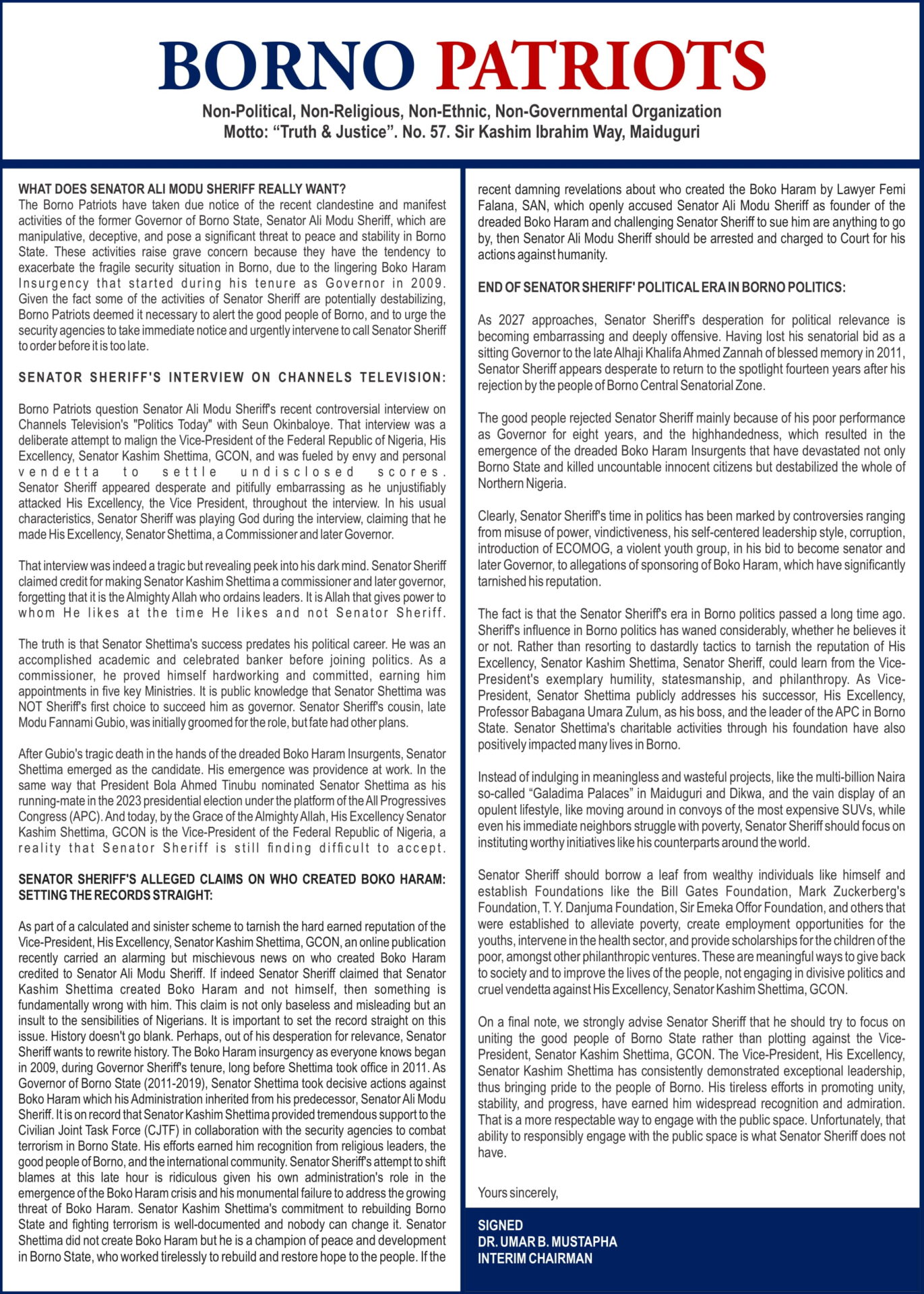IN a move aimed at enhancing the coordination and implementation of major infrastructure initiatives, President Bola Ahmed Tinubu has ordered the relocation of the Office of the Surveyor-General of the Federation (OSGoF) from the Federal Ministry of Works to the Presidency.
News Point Nigeria reports that the decision was announced on Thursday during the National Economic Council (NEC) meeting, where the President emphasized the need for tighter control and streamlined operations in executing legacy infrastructure projects such as the Lagos-Calabar Coastal Highway and the Sokoto-Badagry Super Highway.
Confirming the development after the Federal Executive Council (FEC) meeting, Minister of Information and National Orientation, Mohammed Idris, told State House correspondents that the relocation is designed to improve national geospatial data coordination and ensure more direct oversight of mapping and land administration by the Presidency.
“This strategic shift is to ensure more efficient execution and monitoring of infrastructure and national mapping projects. It also aligns with the President’s commitment to modernising Nigeria’s land and survey administration framework,” Idris explained.
Though the federal government did not provide a detailed implementation plan or timeline, the move is seen as a major administrative shift and part of the Tinubu administration’s broader governance reforms.
A source at the Winistry of works told News Point Nigeria that the decision signals the rising importance of geospatial intelligence in national planning, infrastructure rollout, and even security architecture, where mapping and spatial data play a critical role.
“By placing OSGoF directly under the Presidency, the administration is also expected to accelerate decision-making, reduce bureaucratic delays, and enhance inter-agency collaboration on major development initiatives”, the source added.
The Surveyor-General’s Office is responsible for national geospatial data, survey standards, mapping, and land boundary demarcations, key components in urban planning, infrastructure, and border security.
The restructuring may also pave the way for a deeper integration of modern mapping technologies such as satellite imagery, geographic information systems (GIS), and digital land registration across federal projects.






